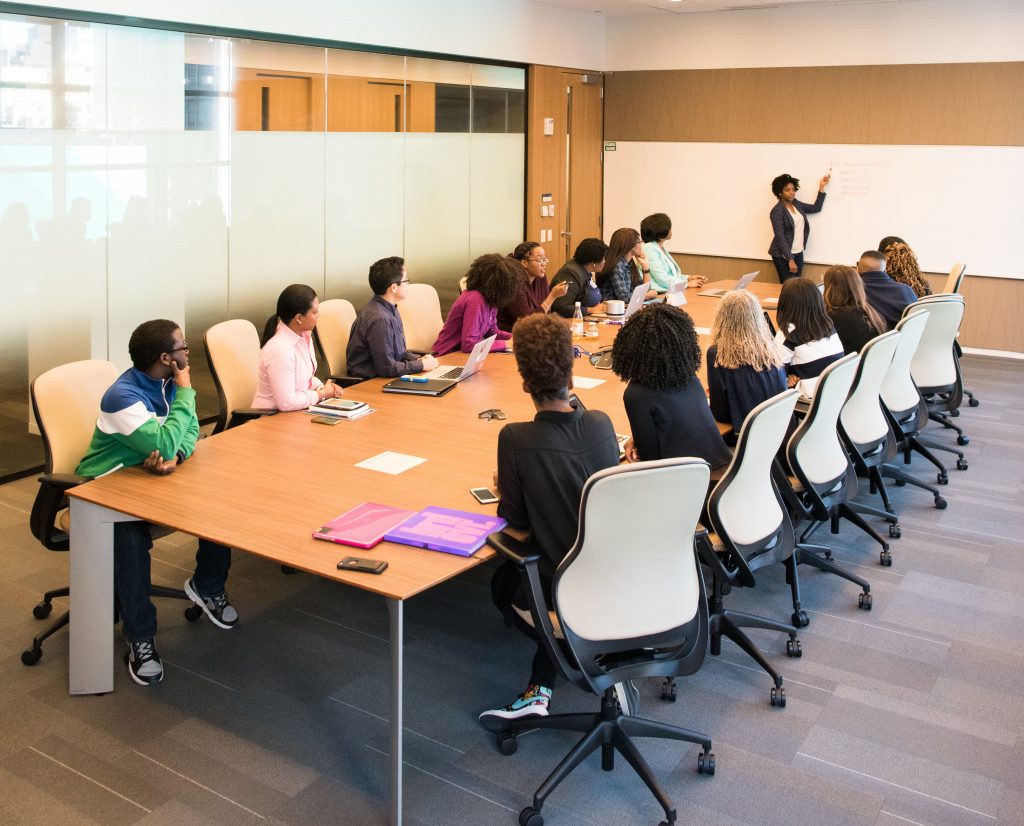I wonder in all the new world of technology with AR, VR, IoT and websites we have lost a simple sales concept – people buy things not because of the product or service but because they feel something from the buying experience.
If you are a business owner that has a retail presence, or even if you don’t, your sales staff are still one of your greatest assets. People do not buy B2B or B2C, they buy P2P. People to People. They buy from people that give them an experience. And you can give them that experience by training (and retraining) your sales staff.
Let me share with you a story from retail, but it can be applied to other sales situations as well.
Recently I was in the market for a pair of sunglasses. I went to two major shopping centres in Melbourne over a few days. With quality sunglasses, there is one major brand (you know what it is), and my only pre-purchase thought was that I wanted to buy that brand. Other than that, I was generally uncertain in what I wanted, but obviously with sunglasses, some look good on you, and many don’t!
I went into a specialist optical store and was largely ignored for a time until a sales assistant told me that if you want to buy that brand, then go to the actual branded store one level up (interesting sales strategy!). So, I walked along to the branded store.
The branded store looked great – shiny, dark with all the sunglasses glittering along the walls. There was young man at the front cleaning lenses, two older men at a computer disputing paperwork and two girls at the back chatting. It wasn’t clear who worked there and who didn’t, but in any case, everyone ignored me. When the young guy finally got over his cool disdain, he asked if I needed help. (Isn’t it kind of easy to know in a store that sells nothing but sunglasses what a customer might be there for? Actually I was here to do my washing – where is the soap powder?…)
Then he told me his script (at least he had received some training) – ‘Let me tell you how the store is organised. This store is organised with the legendary brands on one wall, the limited edition very expensive ones in the middle and the more unusual ones on the other wall.’
So, you’ve organised your store along your product lines. How do I fit in as a customer?
‘Where should I start?’. I asked him.
‘You just have to keep trying them on. Most people buy the legendary brands.’
At this point, he decided it was enough of a descent from his cool place so he went back there.
When one is looking at sunglasses, one needs a mirror to look at oneself. The one skinny mirror in the store (yes, one mirror) was behind the two men quietly arguing. From instinct I could tell that one of them was the store manager and the other a supplier. Both should have customer service skills. Neither of them acknowledged me, let alone moved. I put the glasses down and walked out.
‘Good on you buddy!’ I heard as I walked out. Possibly he was trained to exit the customer with a friendly approach – would have been better to welcome me that way.
Then, in desperation, I went to another retail chain, specialising in sunglasses. I walked to the section which had the brand I was after (loyal or stupid?) and within seconds a young assistant came over to me.
“After a new pair of sunnies mate?”
“Yes, actually”
“Do you mind if I have a look at your current pair?” I handed them to him. “Ooh they are badly scratched – you definitely need new ones”. Good point.
“Do you want to stick with your current shape or try something new?” Indistinct mumble. “Well I think you should have a look at these ones… I think they’ll suit you.” You’ve got me.
I ended up buying a very expensive pair (a nuclear power source is included I think…), costing much more than what I was expecting and he even on-sold me a special cleaning cloth for $9.99! (The glasses already come with a cleaning cloth). The features of the glasses were explained without a hitch and even an extra effort was made to get me a new pair, rather than the ones that everyone else had tried on.
Now I might be a particularly gullible consumer and this assistant might be an extra special sales person, but the answer to success was in the training. The welcome was there, the establishment of rapport, the focus on the customer needs, the provision of options, the confirmation and suggestions of what looked good and what didn’t, the close, the post-sale chit-chat, the follow-up and details about after-sales service. I walked out the door feeling special. I’d had a great experience and I was happy to pay for it.
So, unless you are offering a purely remote, web-based offering, you should consider some key questions. How are you training your staff? How long since there has been some sales training for your customer-facing staff or even for yourself? Are your customers getting the experience they need to buy from you? The answers to these will help you drive customer satisfaction and growth in sales and referrals.
